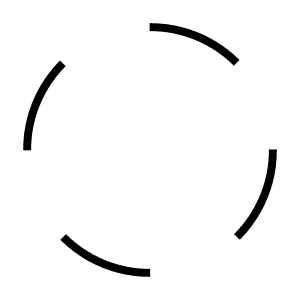
In house label for Cafe OTO which documents the venue's programme of experimental and new music, alongside re-issuing crucial archival releases.
Our new in house label, releasing music recorded in lockdown.
Artistry was Sirone's first album as a leader, recorded in 1978, just after the split of the Revolutionary Ensemble. Artistry has an Atypical combination of instruments, bass, cello , flute and percussion and delivers aplenty. Listen and you will know. Sirone ( Norris Jones) had an enormously prolific career as a bassist, both as a member of the Revolutionary Ensemble and playing with many of the best musicians of the 20th century - from Pharoah Sanders, Albert Ayler, John Coltrane, Gato Barbieri, Noah Howard, William Parker, Cecil Taylor, Sun Ra, Sonny Sharrock,Marion Brown ... and the list goes on.

Sirone – Artistry
Recording of Otomo Yoshihide's set at B10 Live, Shenzhen. --- 大友良英 Otomo Yoshihide / 吉他 Guitar / 人声 Vocals --- 录制于2014年4月28日,深圳B10现场. Recorded April 28, 2014 at B10 Live, Shenzhen

Otomo Yoshihide Live in Shenzen – Otomo Yoshihide
The complete performance from Peter Evans' first trip to China, on the invitation of Old Heaven Books and the OCT-LOFT Jazz Festival in October 2019. "Peter Evans believes that his music is closely related to the philosophical concept of "Wu Wei (literally means "doing nothing" or "inaction")" from China. As a composer and improviser, Peter Evans "talks" about "Wu Wei" with his superb trumpet playing, and named his first album released in China "Into the Silence". It's worth mentioning that the artwork on the front cover was made by the closest friend of Old Heaven Books, woodcut artist Liu Qingyuan. Birds and man, noise and silence, freedom and constraint: the artwork is the perfect aesthetic echo to this album." - Old Heaven This release is a collaborative release between More is More and Old Heaven. Recorded live at the OCT-LOFT Jazz Festival October 20th, 2019, Shenzhen China.

于无声处 Into the Silence – Peter Evans




























































